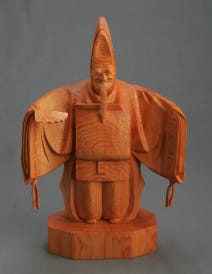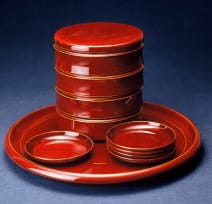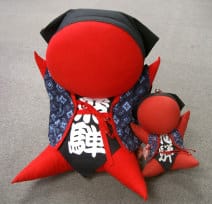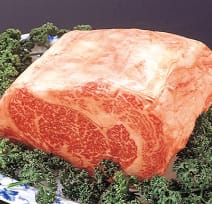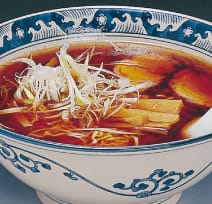- Japanese
- English
- HOME
- Hida Takayama
- Crafts & Food (Local Specialty)
~ Craftsmanship and Food ~ Specialties of Hida Takayama
Ichii Itto Carving
The beginning of "Ichii Itto Carving" is said to be when the famous sculptor Matsuda Suenaga used yew, a precious wood that is the symbol of Hida, to create netsuke using a unique technique of carving with only a chisel, leaving sharp blade marks. The works, which are finished through six processes, including selecting high-quality wood, cutting the wood, and rough carving, are not painted, but instead make use of the lustrous grain of yew and the color of the wood's surface, known as sapwood (heartwood) and redwood (sapwood), and are known for their glossiness that increases over time and changes to a beautiful amber color. Ornaments, tea ceremony utensils, masks, etc. are made using this technique, and the technique is also used to carve the floats at the Takayama Festival. It is one of 218 items designated as traditional crafts by the Minister of Economy, Trade and Industry.
Hida Shunkei Lacquerware
About 400 years ago, the master craftsman Takahashi Kizaemon was struck by the beauty of the grain of sawara wood and finished an elegant clam-shaped tray, which he presented to the Kanamori family, the lords of Takayama Castle. When the lacquerer Narita Sanemon painted it with layers of transparent lacquer, taking advantage of the wood's natural color, the Kanamori family named it "Shunkei" because of the delicate amber color that resembled the famous tea ceremony pottery "Tobi Shunkei". This lacquerware is a culmination of the techniques of Hida carpenters and lacquerers, making use of the simple beauty that only high-quality local materials such as cypress and sawara wood have. It can be used for a wide range of purposes, including trays, stacked boxes, and tea utensils. It is one of 218 items designated as traditional crafts by the Minister of Economy, Trade and Industry.
Sarubobo
Sarubobo means "baby monkey" in Hida dialect. It was so named because the red face resembles that of a baby monkey. The color red has long been said to have the power to ward off evil spirits and disease, and monkeys are associated with "disasters (saru)" and "family harmony (en = monkey)", so sarubobo are considered to be auspicious and are used as talismans. In the past, in the Hida region, mothers would make and give these sarubobo to their daughters in hopes of finding a partner, safe childbirth, marital harmony, and healthy growth of children. It is a rare doll without a face, but it is a folk craft that represents Hida.
[Local crafts of Gifu Prefecture]
Other representative crafts include Hida sashiko (handicrafts), Enku carving, hinoki hats and ichii hats, Udo shakushi (woodwork), Koyana no shoke (bamboo products), Yamadayaki, Shibusa-yaki (pottery), and paper votive plaques.
Hida Beef
One of the nationally known brands of locally raised Japanese black beef. It is the finest beef, having cleared strict certification requirements such as producer registration, fattening period, and meat quality of grade 3 or higher. Hida beef, raised in the clean water and clear air of Hida, is known for its concentrated and refined flavor, its highly marbled and juicy meat, its melt-in-the-mouth flavor, and its soft, fine texture. Standard steaks and sukiyaki go without saying, but the nigiri sushi and skewers that can be easily purchased at street stalls are also excellent.
Takayama Ramen
The basic form of Takayama ramen is a Japanese-style soy sauce flavor made with chicken bones, bonito flakes, and vegetables, plus thin, curly flat noodles. The soup is not made in the usual way, where the sauce is prepared on top of a bowl and then dissolved in dashi, but rather the dashi and sauce are mixed together and simmered in a stockpot. The toppings are also very simple, including green onions, roast pork, and bamboo shoots. The nostalgic, rustic, and refreshing taste is a dish that can be considered soul food for locals. Locals may be more likely to call it "Chuka Soba" rather than "Takayama Ramen," as can be seen on the shop curtain in front of the restaurant.
Other representative delicacies include mitarashi dango, hoba miso, pickled red turnips, and local sake.

